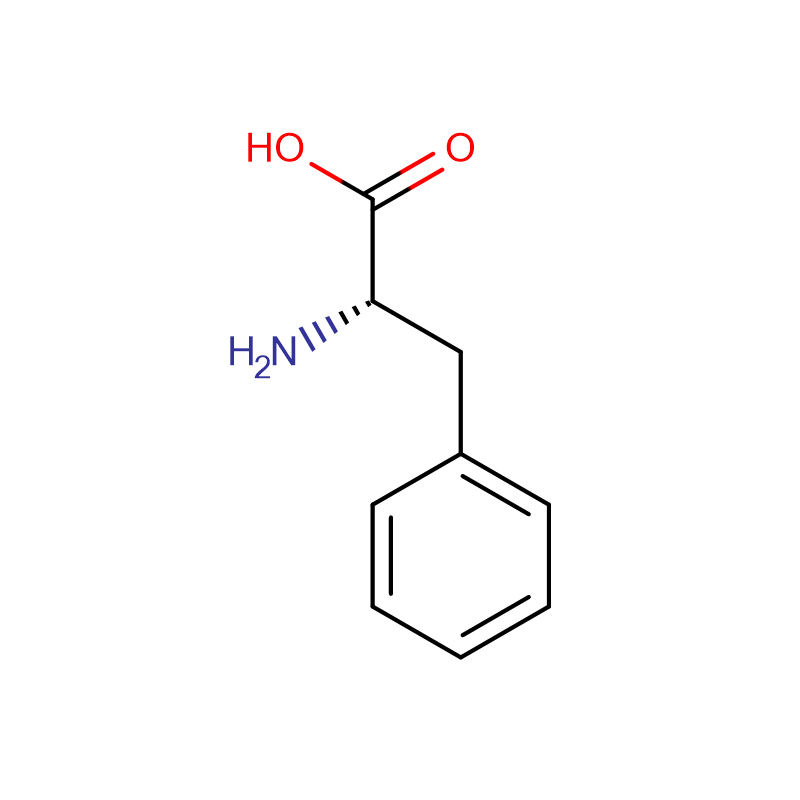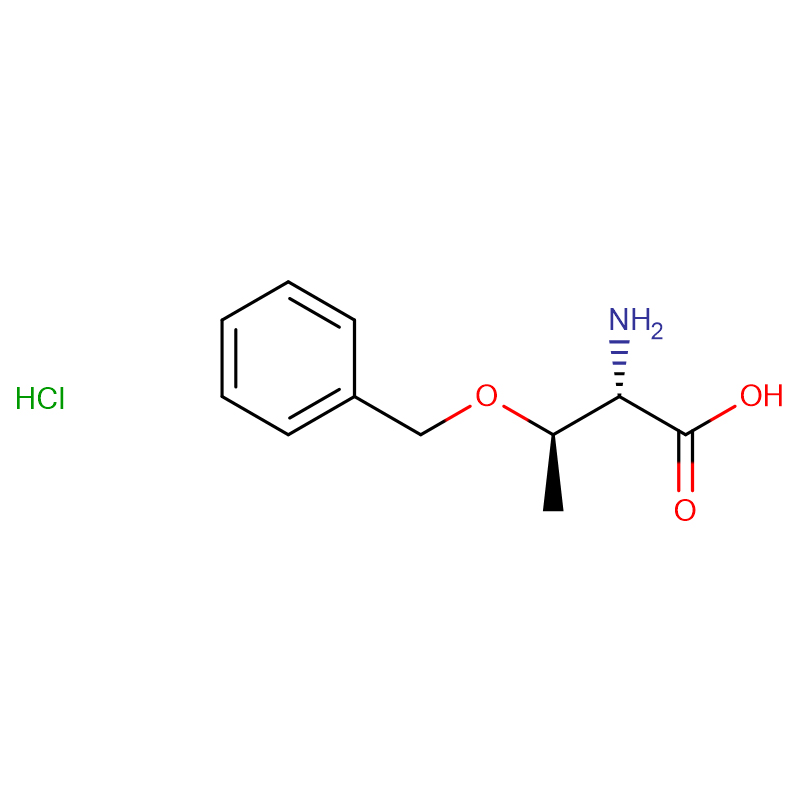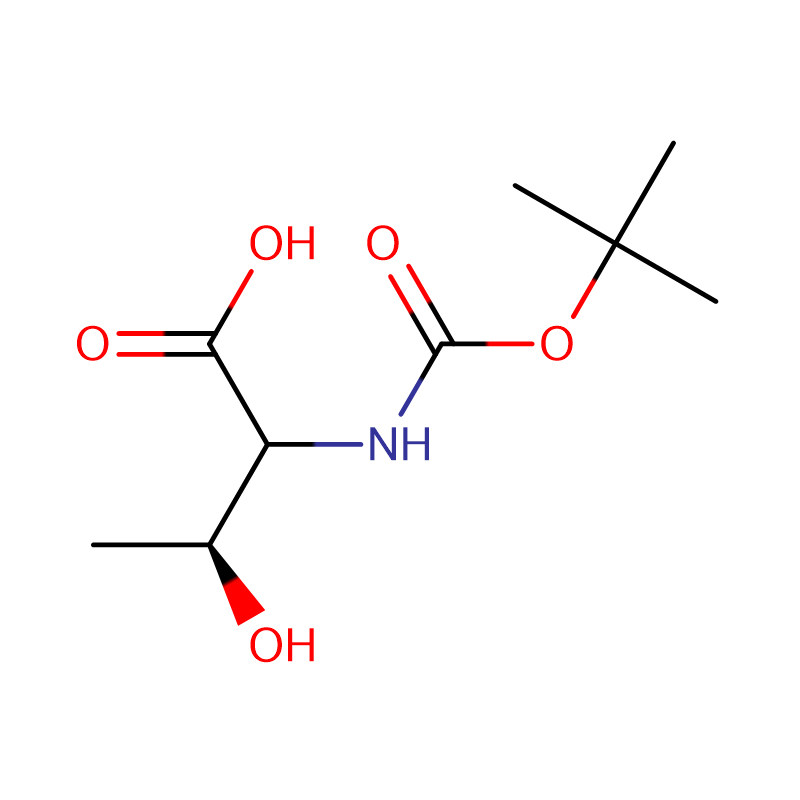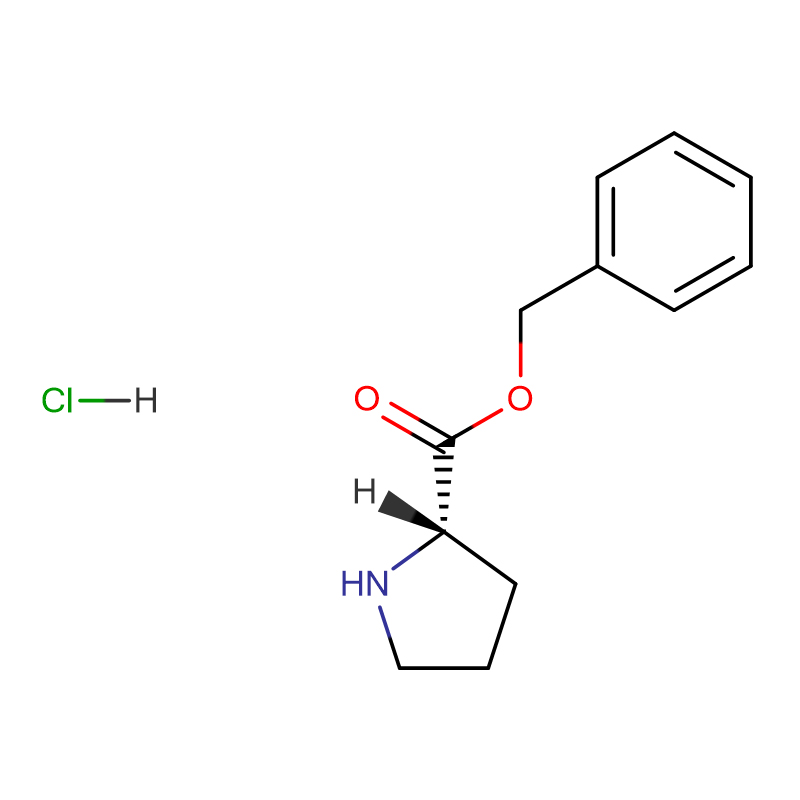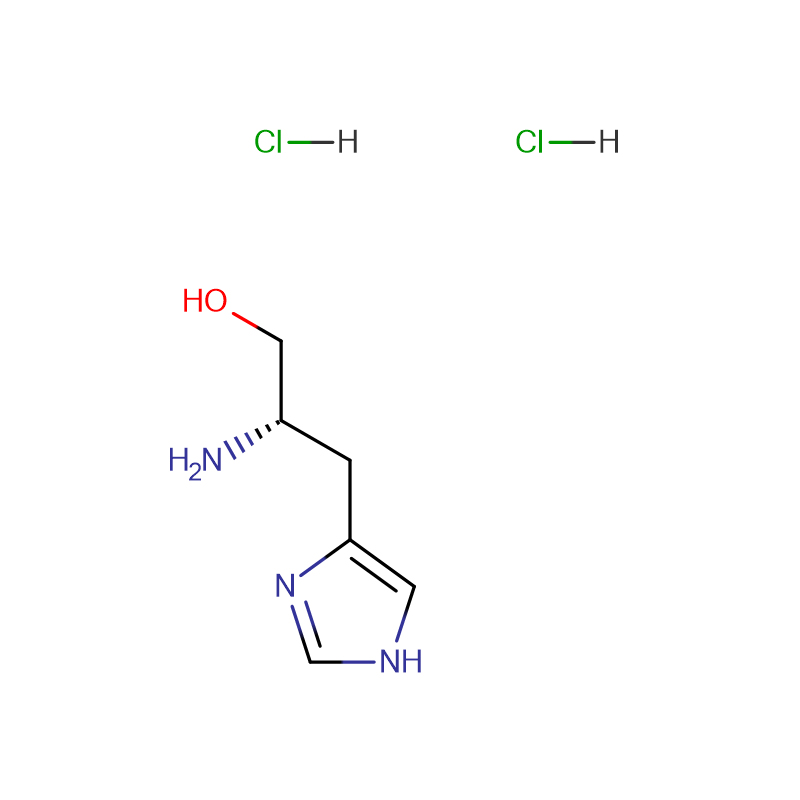L-Phenylalanine CAS:63-91-2 99% White powder
| Catalog Number | XD90317 |
| Product Name | L-Cysteine hydrochloride anhydrous |
| CAS | 63-91-2 |
| Molecular Formula | C9H11NO2 |
| Molecular Weight | 165.19 |
| Storage Details | Ambient |
| Harmonized Tariff Code | 29224985 |
Product Specification
| Appearance | White crystalline powder |
| Assay | 99% |
| Specific rotation | -20.4 to -35.2 |
| Heavy metals | <0.002% |
| Lead | <10mg/kg |
| pH | 5.4 - 6 |
| Loss on Drying | <0.40% |
| Residue on Ignition | <0.10% |
In maple syrup urine disease (MSUD), branched-chain L-amino (BCAA) and 2-oxo acids (BCOA) accumulate in body fluids owing to an inherited deficiency of branched-chain 2-oxo acid dehydrogenase complex activity. In MSUD, little information is available on the significance of urinary disposal of branched-chain compounds. We examined the renal clearance of leucine, valine, isoleucine and alloisoleucine, and their corresponding 2-oxo acids 4-methyl-2-oxopentanoate (KIC), 3-methyl-2-oxobutanoate (KIV), (S)-(S-KMV), and (R)-3-methyl-2-oxopentanoate (R-KMV), using pairs of plasma and urine samples (n = 63) from 10 patients with classical MSUD. The fractional renal excretion of free BCAA was in the normal range (< 0.5%) and independent of the plasma concentrations. The excretion of bound (N-acylated) BCAA was normal and not significantly dependent on the BCAA plasma concentrations. The fractional renal excretion of BCOA was in the order KIC << KIV < R-KMV < or = S-KMV (range (%): KIC 0.1-25; KI V 0.14-21.3; S-KMV 0.26-24.6; R-KMV 0.1-35.9), significantly correlated with the KIC plasma concentrations, and generally higher than that of the related BCAA. The results show that the renal excretion of free BCAA as well as of the acylated derivatives is negligible. The renal excretion of BCOA, however, to some extent counteracts increases in BCAA concentrations and thus contributes to the lowering of total BCAA pools in MSUD.


